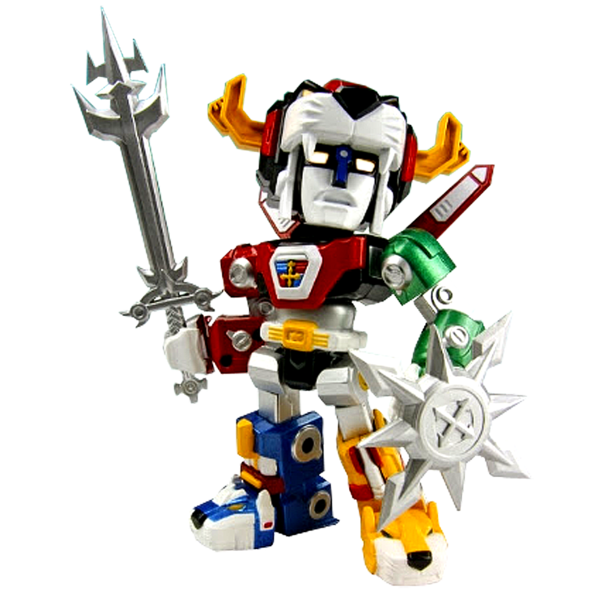Yesterday, I mentioned that I'm starting a new business venture — readingHACKS. I've been learning a lot from it, and lately have hatched an idea that I think might become a major aspect of our new kind of schools.
If you want to cheat, and just skip to the idea, jump to the end of this post. But I think you'll enjoy it more if you spend a few minutes understanding the story — my story — that this idea has been generated from.
The mission of readingHACKS is simple — teach an elite, academic reading course that will change college as we know it.
Do you know the percent of community college freshmen who graduate with their Associate's degree in the planned two years? It's only 4%. Only another 25% have complete their degree in year 3. The rest take twice as long as planned — and most never graduate. American colleges, in a very important sense, do not work.
Of course — of course! — not all of this dropping out is because of reading. It's because of time-management, and a lack of basic math skills, getting lost in course catalogs, and uninterest in learning. And probably twenty other things.
But some of why people drop out is on the difficulty of doing academic reading. And this shouldn't be surprising, because human brains aren't designed to do academic reading.
Here's a dark secret of college: very, very few students understand the reading. College instructors understand this; for the most part, their assignments and classroom questions can't depend on a deep comprehension of the required reading.
And here's what I'd like to suggest:
We can fix this.
That's what readingHACKS is about.
I've learned about all this by working with students over the years — kids of all sorts, and some very, very, very smart students who tried their best and still couldn't process academic reading — but I've learned the most about reading skills through my own suffering.
I'm an inveterate reader.
My parents limited me to three books when we visited my grandparents.
My parents had to ban books from the dinner table. (Well, okay: they should have!)
I got a perfect 800 on my SAT Verbal.
And so I thought college reading would be — well, maybe not easy, but doable.
Oh, how wrong I was.
Even my first quarter, there was too much of it. And I would get lost in the books. And sometimes I just couldn't make sense of the sentences.
For one Religious Studies class, I had to read Clifford Geertz's famous essay, "Religion as a Cultural System." Can I suggest that the essay is brilliant, and everybody should read it? Can I also suggest that Geertz was a pretentious, self-indulgent writer, and that almost no one can read him?
Here's a sentence — not the hardest:
In working toward such an expansion of the conceptual envelope in which our studies take place, one can, of course, move in a great many directions; and perhaps the most important initial problem is to avoid setting out, like Stephen Leacock's mounted policeman, in all of them at once.
I remember trying to read the essay at night, sitting on a park bench — and hurling the essay across the street!
I made it through college, mind you — two bachelor's degrees, from the Barrett Honors College, summa cum laude. But boy, was the reading hard. Here's what the experience taught me:
Almost everyone struggles with academic reading. And almost everyone thinks they're struggling alone. They think the problem is that they're too dumb, or that they're not trying hard enough, when in reality, they've never been taught how to tackle academic reading.
Again: we can fix this.
We can teach college students to read faster, to read more clearly, to focus intensively, to pay attention to what matters. We can train them to simplify convoluted sentences, to read in order to innovate, to stop procrastination, and to remember everything they learn, forever.
This is the mission of readingHACKS.
So, if you've read this far, my hope is that you've gotten a sense of why I'm teaching this, and why I think this might be a viable business model. $250 for four intense, two-hour lessons, and a lot of coaching. By the end, you're a much more powerful reader.
Well, I've been teaching this material for ten years now, in various venues. (Once, I taught it as an accredited class at UW-Seattle's Comparative History of Ideas department.)
And here's what I've slowly concluded:
BUSINESS IS DAMNED HARD.
When you start building a business, there is a small army of things that will go wrong, only a handful of which you can foresee.
I launched it at UW-Seattle last fall, and it flubbed. Got all of two students. (I had made a massive mistake in scheduling it — I held it once a week through the quarter, in the evenings. This was before I realized that students' most valuable resource isn't their money, but their time. I thought the class was monetarily cheap: but it was temporally exorbitant.)
Then I re-launced it at UW-Seattle last winter, halfway through the quarter. I fixed the scheduling problem — made it just 4 Saturday afternoons. Got all of zero students. (This was before I realized that by halfway through the term, students are crazy-overpacked with activities — a number of students were very interested, but needed it to start at the beginning of the quarter.)
Misktakes, mistakes!
Now I'm launching the course — with only four Saturday lessons, and at the beginning of the term — at a different campus in the University of Washington network: UW-Bothell.
It's a smaller campus. It's a closer, and cheaper campus.
And things still go wrong!
The campus facilities office confuses paperwork, and the room is occupied when I come in for the free speed-reading promo. The people I've hired to hand out flyers get on the wrong bus, and arrive an hour late. FedEx Office messes up my flyer order — three times!
Entrepreneurship is nothing like school.
And that's good — we can use that.
I'd like to propose one (new) piece of curriculum for our new kind of school — one that can help connect kids with the real world of strategy and action, with the domains of finance, social theory, science, history, art, and almost everything else. Here it is, in its five-word glory:
Every student starts a business.
A real business, mind you — not one of those "let's invest play-money in the stock market" sorta activities you may have conducted in middle school.
A real business, with real start-up capital, aiming to provide real goods or services to real people to make real money.
But let's modify that a little: a real social entrepreneurship.
Definitions of social entrepreneurship vary, but the core is stated nicely by Wikipedia:
Social entrepreneurship is the attempt to draw upon business techniques to find solutions to social problems.
Conventional entrepreneurs, the article continues, care mainly about profit. Social entrepreneurs care equally about profit and making a positive impact in society.
The goal of social entrepreneurs is to create something that helps people, and is self-sustaining. (And this is how social entrepreneurship differs from a non-profit — it doesn't require influxes of outside money.)
I've done some more thinking about the potential benefits and difficulties of requiring all students to engage in real social entrepreneurships, but I'll hold those back for today.
Here's what I'd love: your frank, immediate reactions to this idea — especially the negative ones! I think we can make this idea work if we take the negative reactions seriously. Please send 'em (and all obvious questions) over to me to at brandon.hendrickson@gmail.com.
























